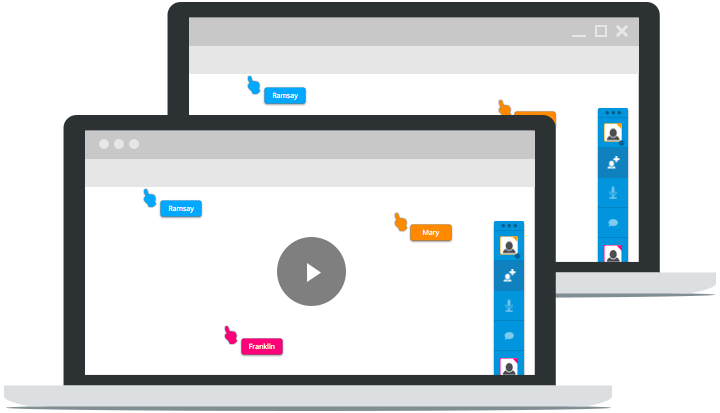onInput Event
Coding HTML forms has been painful my entire career. Form controls look different between operating systems and browsers, coding client side and server side validation is a nightmare, and inevitably you forget something somewhere along the line. Some behaviors don't act the way you'd hope, like onChange, which only fires when the user leaves (blurs) a given form controls. Enter the onInputevent, which changes upon keystroke, paste, etc.
// Try it here: https://codepen.io/darkwing/pen/KKmBNvg
myInput.addEventListener('input', e => {
console.log(e.target.value);
});
These days it seems like the old onChange behavior isn't useful -- we always want to react to any user input. onInput also fires on elements with contenteditable and designmode attributes. Most modern JavaScript libraries like React treat onChange like onInput, so it's as though onChange has lost its use!
![Convert XML to JSON with JavaScript]()
If you follow me on Twitter, you know that I've been working on a super top secret mobile application using Appcelerator Titanium. The experience has been great: using JavaScript to create easy to write, easy to test, native mobile apps has been fun. My...
![5 Awesome New Mozilla Technologies You’ve Never Heard Of]()
My trip to Mozilla Summit 2013 was incredible. I've spent so much time focusing on my project that I had lost sight of all of the great work Mozillians were putting out. MozSummit provided the perfect reminder of how brilliant my colleagues are and how much...
![Create Spinning Rays with CSS3 Animations & JavaScript]()
Thomas Fuchs, creator of script2 (scriptaculous' second iteration) and Zepto.js (mobile JavaScript framework), creates outstanding animated elements with JavaScript. He's a legend in his own right, and for good reason: his work has helped to inspire developers everywhere to drop Flash and opt...
![Flexbox Equal Height Columns]()
Flexbox was supposed to be the pot of gold at the long, long rainbow of insufficient CSS layout techniques. And the only disappointment I've experienced with flexbox is that browser vendors took so long to implement it. I can't also claim to have pushed flexbox's limits, but...





I agree that onInput is very handy, but I beg to differ on the point that there is no more use for onChange. E.g. in this tutorial for creating a custom audio player: https://css-tricks.com/lets-create-a-custom-audio-player/#play-pause There, the onChange event is used for a range input element to seek to a passage in an audio file. While playing the audio, you might not want the current position in the audio to change on every input, but only after having finished seeking the correct passage.